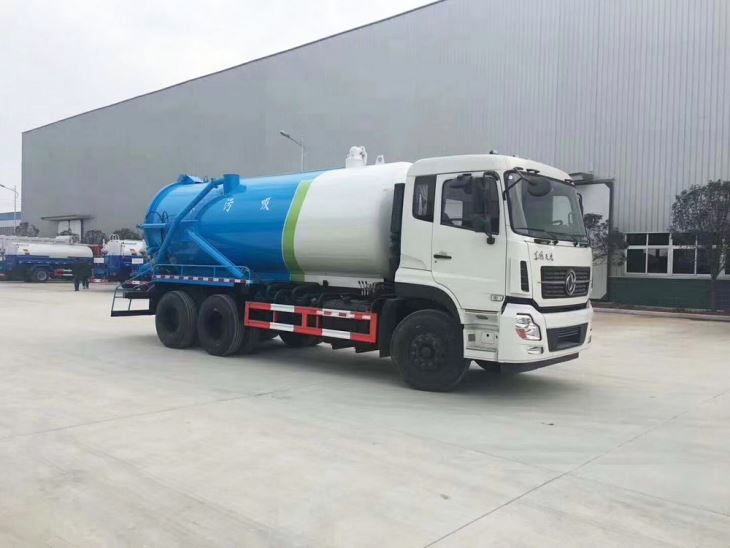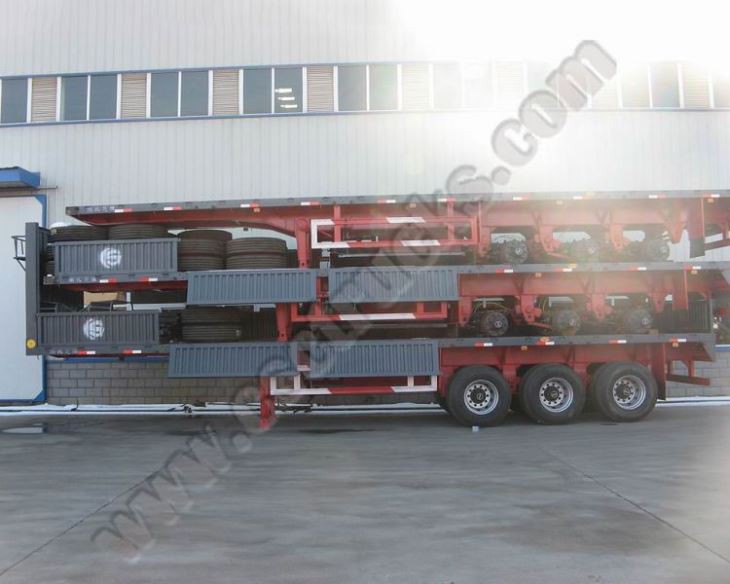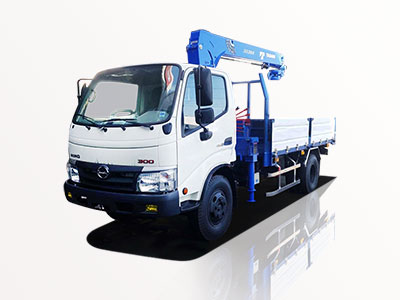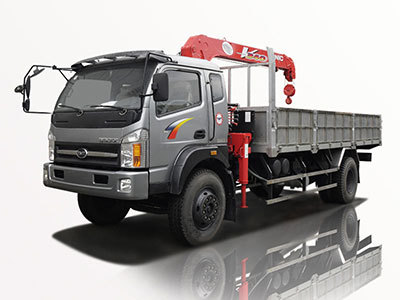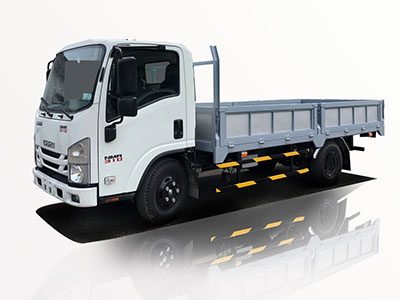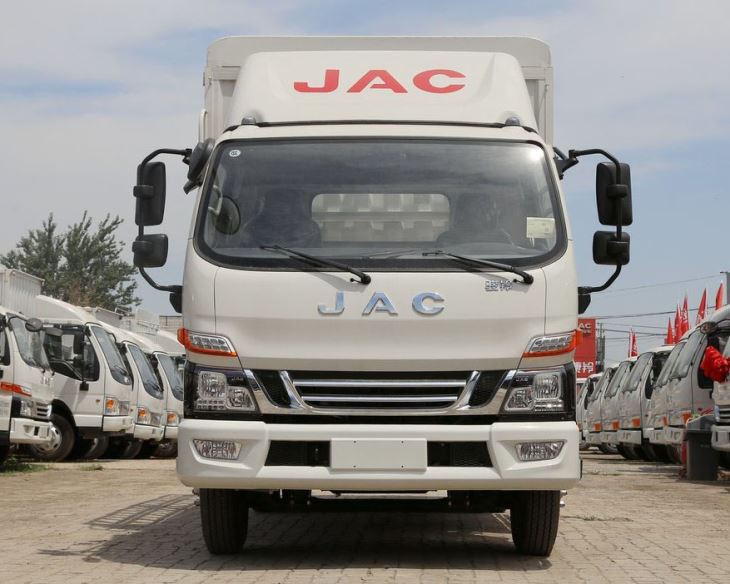Dumper trucks, also known as dump trucks, are essential in various industries, including construction, agriculture, and mining. The demand for efficient and reliable dumper trucks has led manufacturers to innovate continuously. This article delves into what makes new dumper trucks stand out in today’s market, highlighting technological advancements, buying tips, and more.
What is a Dumper Truck?
A dumper truck is a specialized vehicle equipped with an open-box bed that can be raised at the front end to dump its contents. These trucks are commonly used for transporting materials like sand, gravel, and debris, making them a vital component of many construction and industrial operations.
Types of Dumper Trucks
Understanding the different types of dumper trucks can help buyers choose the right vehicle for their needs.
- Standard Dumper Trucks: Most commonly used in construction, suitable for general material transportation.
- Articulated Dump Trucks: Designed for off-road applications; they provide better maneuverability on rough terrain.
- Rear Dump Trucks: These unload materials from the back, ideal for large construction sites.
- Side Dump Trucks: Allows for dumping materials from the side, increasing efficiency in tight spaces.
Key Features of New Dumper Trucks
Recent advancements in the design and functionality of dumper trucks have transformed them into powerful machines. Here are some key features to look out for:
1. Enhanced Fuel Efficiency
New dumper trucks are often equipped with advanced engines that provide better fuel efficiency while meeting stricter emission standards. For instance, models like the Volvo A45G provide up to 15% more fuel efficiency compared to older models.
2. Improved Payload Capacities
Many new models come with updated designs that allow for greater payload capacities. For example, the Kenworth T370 model has customized configurations that can haul up to 30 tons with ease.
3. Advanced Safety Features
The latest dumper trucks include features like blind-spot detection, rearview cameras, and automatic braking systems to enhance operator and site safety.
4. Enhanced Technology Integration
Modern dumper trucks often come with onboard technology for tracking, fleet management, and diagnostics. These tools result in better maintenance schedules and improved operational efficiency.
Example: Use of Telematics in Dumper Trucks
With telematics, operators can monitor vehicle health in real time. For instance, companies like Caterpillar have integrated telematics systems that help predict maintenance needs before they become critical.
Buying a New Dumper Truck: Practical Tips
Purchasing a new dumper truck can be a significant investment. Here are some tips to consider:
1. Assess Your Needs
Consider the specific tasks you need the dumper truck for, including the type of materials you will transport and the terrain you’ll work on.
2. Research Different Brands
Look into reputable manufacturers like Mercedes-Benz, Scania, and Mack for their new dumper truck models. Compare reviews and performance metrics.
3. Consider Operating Costs
Evaluate not just the purchase price but also the long-term costs, including maintenance, repairs, and fuel consumption.
4. Take a Test Drive
Whenever possible, test drive several models to understand their handling, comfort, and feature functionality.
5. Assess Financing Options
Explore various financing plans offered by dealers. Leasing can be an attractive option if you want lower upfront costs and flexibility in upgrading.
Maintenance of New Dumper Trucks
Regular maintenance is essential for the longevity and efficiency of dumper trucks. Here’s a maintenance checklist:
1. Routine Inspections
Conduct daily inspections, checking fluid levels, brakes, and lights before operating the vehicle.
2. Regular Oil Changes
Follow manufacturer guidelines for oil change intervals to keep the engine running smoothly.
3. Tire Maintenance
Inspect tire pressure and tread regularly to ensure optimal performance and safety.
4. Brake Checks
Brakes should be checked frequently to prevent costly repairs and enhance safety.
Scheduled Maintenance Table
| Maintenance Task | Frequency | Notes |
|---|---|---|
| Oil Change | Every 5,000 miles | Utilize manufacturer-recommended oil |
| Tire Rotation | Every 6,000 miles | Ensure even wear on tires |
| Brake Inspection | Monthly | Look for wear and listen for unusual sounds |
Environmental Considerations
As more companies strive to reduce their carbon footprint, many new dumper trucks now feature eco-friendly technology. Here are a few innovations:
1. Hybrid Engine Options
Some manufacturers are offering hybrid dumper trucks that reduce fuel consumption significantly.
2. Emission Reduction Technologies
New models comply with stringent emissions standards, utilizing exhaust after-treatment systems that lower harmful emissions.
3. Sustainable Materials
Manufacturers are increasingly incorporating recycled materials in truck construction, supporting sustainability initiatives.
Leading Models of New Dumper Trucks
Many manufacturers have launched exciting new dumper truck models in the past few years. Below are some standouts:
1. Volvo A60H
An articulated dump truck that offers impressive payload capacity of 38 tons and advanced safety features.
2. Caterpillar 740 GC
Known for its fuel efficiency and enhanced operator comfort, it’s a top choice for large scale haulage.
3. Mack Granite
A robust standard dumper designed for durability on construction sites, recognized for its low operating costs.
Economic Impact of Dumper Trucks
Dumper trucks contribute significantly to economic growth in construction and mining sectors. Their efficiency directly impacts project timelines and costs.
1. Job Creation
The growth of dumper truck sales often correlates with job creation in sectors utilizing these vehicles, providing economic stimulation.
2. Infrastructure Development
Efficient dumper trucks lead to timely completion of infrastructure projects, enhancing community development and connectivity.
3. Increased Productivity
Heavy machinery, such as dumper trucks, boosts productivity levels on construction sites, allowing for faster project completion.
Frequently Asked Questions (FAQ)
1. What is the average lifespan of a dumper truck?
The average lifespan of a dumper truck can range from 10 to 15 years, depending on maintenance and usage.
2. Are new dumper trucks more fuel-efficient than older models?
Yes, many new dumper trucks feature advanced engine technology that significantly improves fuel efficiency compared to older models.
3. What factors influence the price of a new dumper truck?
Factors include brand, model, payload capacity, features, and geographic location of purchase.
4. Can I customize a new dumper truck?
Yes, many manufacturers offer customization options to tailor the truck to specific operational needs.
5. What maintenance is required for new dumper trucks?
Regular inspections, oil changes, tire rotations, and brake checks are essential to maintaining a new dumper truck.
6. How do I choose the right dumper truck for my business?
Assess your needs, research leading brands, consider operational costs, and take test drives to find the best fit for your requirements.
